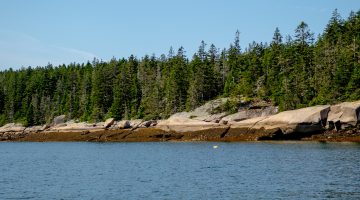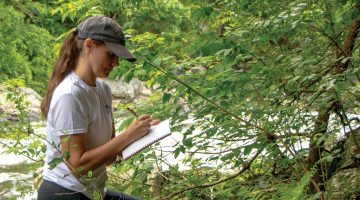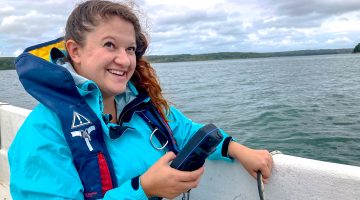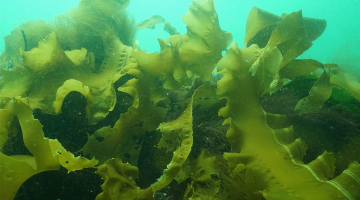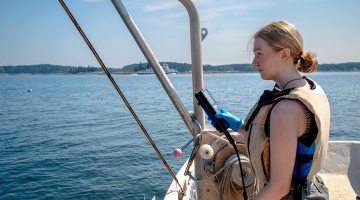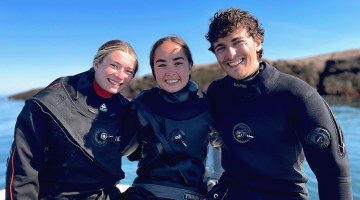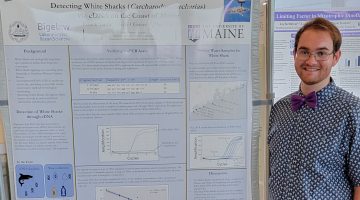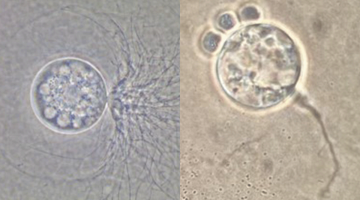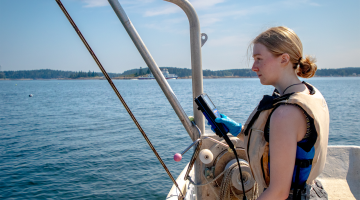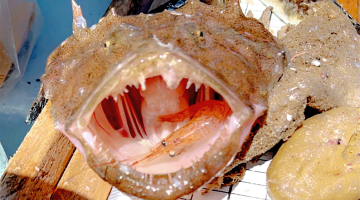Pairing eDNA and visual data to understand biodiversity along Maine’s coast
By Emma Beauregard, Even though the award period of the NSF EPSCoR Track-1 Maine-eDNA project comes to completion on December 31, 2024, the researchers involved remain as busy as ever going through data samples. One of these researchers is Yasmina Shah Esmaeili, a postdoctoral fellow bringing together previously collected data to reveal how kelp forest […]
Read more
